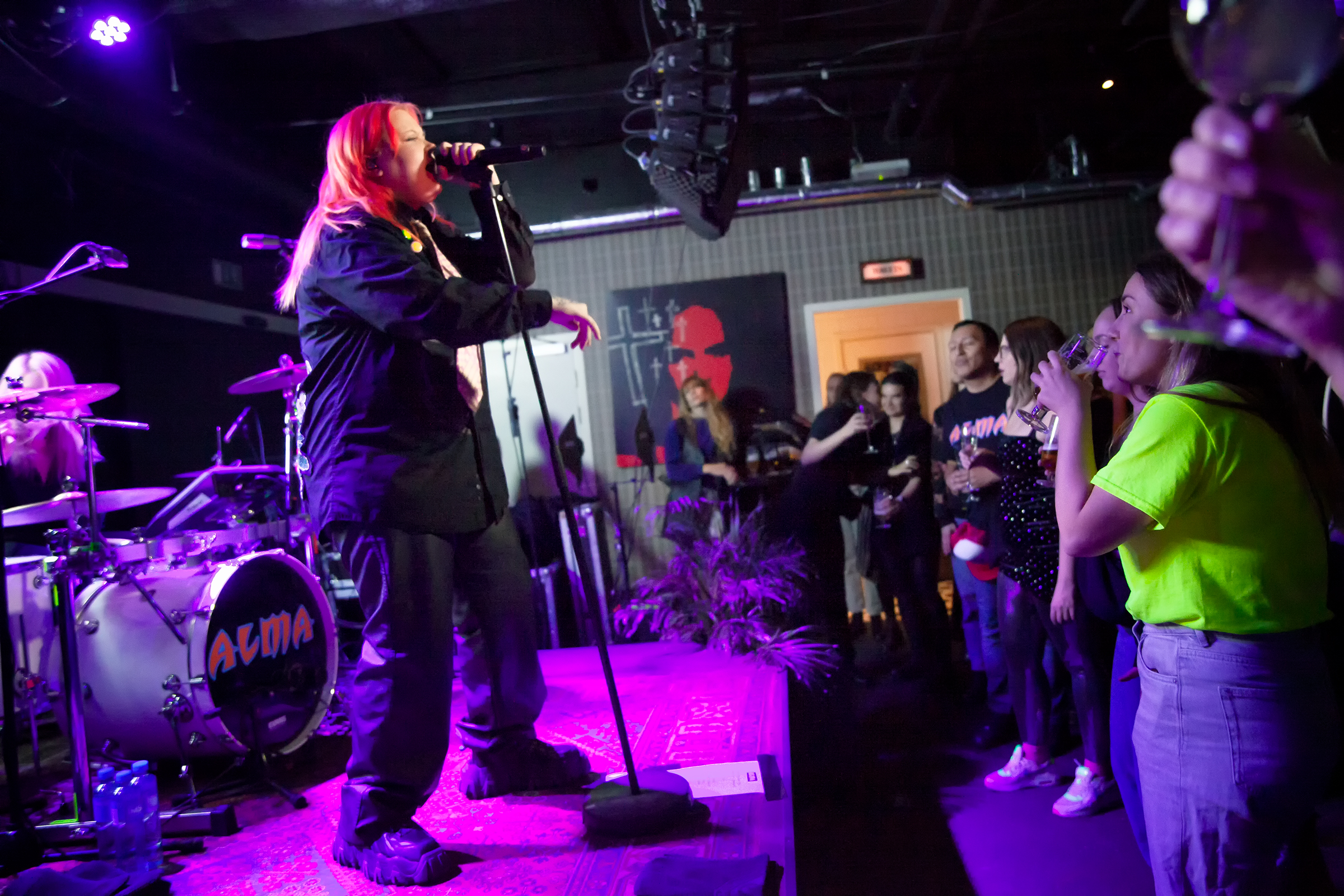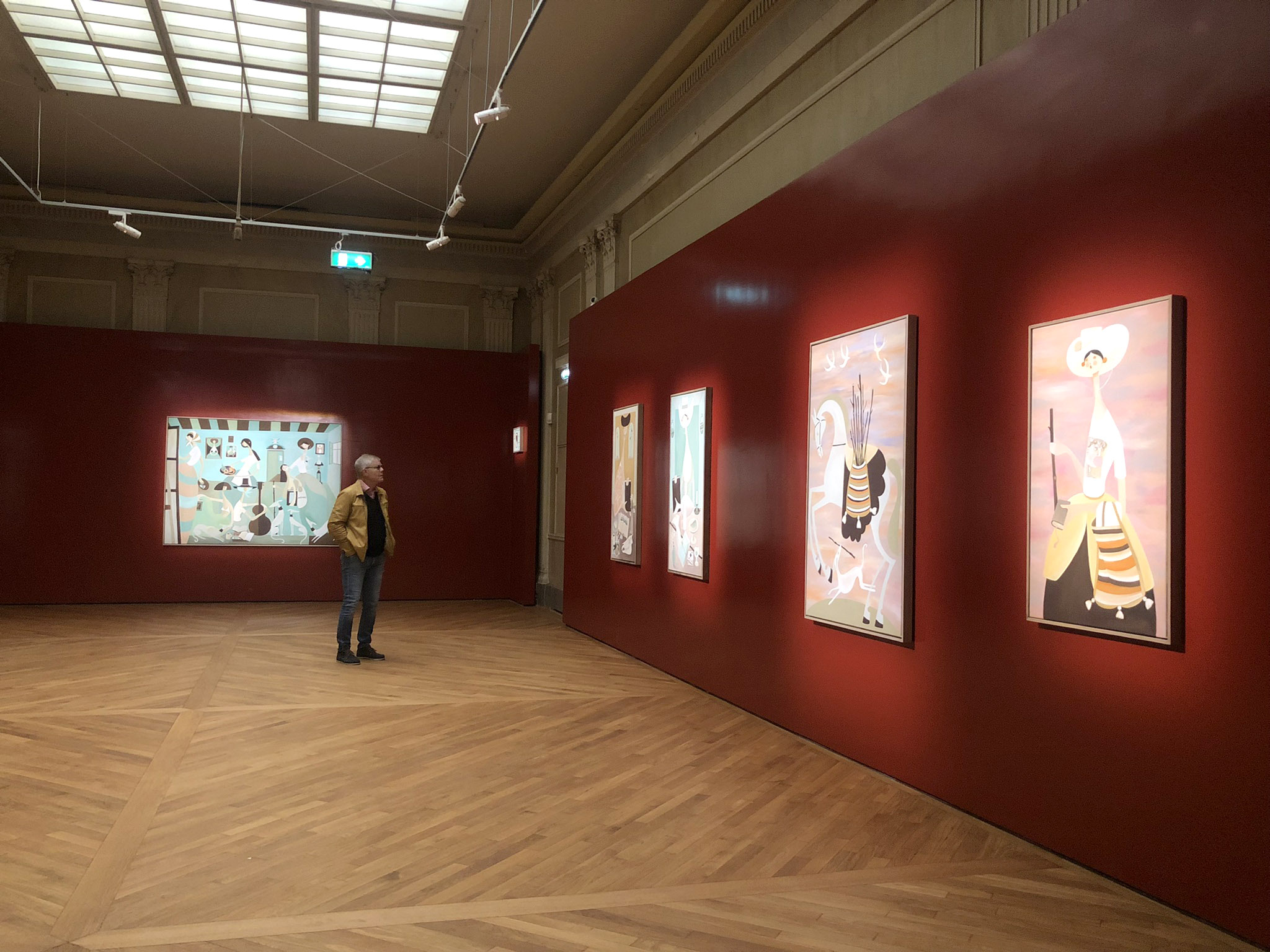The Spanish have siestas …
… the Swedes have fika!
There are many social institutions in Swedish culture but the ‘fika paus’ is beyond doubt the most loved of all. Dating back to the early 1700’s when French was one of the spoken languages in Stockholm, one could find a number of cafes in the old city serving coffee and bread in the French way. Despite the fact that coffee was subsequently prohibited for a time, the Swedish people’s vehement protests on the issue meant that bans did not last long. Thus began what is now a modern day love affair with coffee.
‘Fik’ being another word for coffee shop and ‘paus’ meaning a break, already engenders a very warm and relaxed feeling in most of us. But what is the Swedish fika really about? According to Helene Henderson, author of ‘The Swedish Table’, when hosting a traditional fika, one must serve a variety of freshly baked items and also be ready to talk about the weather! In Sweden, this is not hard to do!
Whether you are in the mood to talk about the weather or not, Fika is certainly not something you grab on the run or driving to work. Fika congers the feeling of a stress free event even when it’s taken at work … and it’s not all about coffee. When sharing fika, one can choose to partake in any other type of refreshment, plus, and it’s a big plus, something sweet is shared like cinnamon buns (kanelbulle), an open sandwich (smorgås) cookies or fruits. On the Swedish website fika.amswede.com they describe that fika can be taken sitting down at a kitchen table, conference table, on a picnic blanket or even on a bale of hay! Your chances of finding a bale of hay in Stockholm city are slim, so these days most people prefer to take their fika break at the local cafe.
Despite conventional traditions the word has quite ambiguous connotations and can mean anything from taking a break from work, catching up with friends, or going on a date. This practice of taking a break, (typically with a coffee), is central to Swedish life, and is regularly enjoyed even by the government.
Governments aside, Erin Garity, who is an American exchange student at Uppsala University, conveys that her favourite finding during her stay in Sweden was most definitely fika. She adores the concept that friends, co-workers, classmates, love-interests, family, etc. can get together and chat over coffee (or tea) and delicious cookies and/or pastries. What is better than a coffee break full of sweets? Back home, even though she drinks coffee regularly she does not enjoy it with the leisure and comfort of the Swedes. Good company, a fresh cup of coffee and a home-made kanelbulle or a semla roll will keep many lovers of fika, one-hundred percent satisfied and content.
So these days the fika can be taken anywhere with anyone and mostly symbolizes a sacred break of sorts, which is coveted by these naturally busy Swedish folk. One Swedish worker explained, ‘By law we are able to take a 5 minute break for every hour worked, leaving you with a twenty minute fika break in the morning and the same in the afternoon. So fika usually happens at 10am and then at 3pm.’ In fact the Swedes are one of the top consumers of coffee in the world. Not only is coffee consumed during the fika, it is also often provided for free by most employers in Sweden to keep the workers happy. Typically coffee may be consumed on arrival at work, then with the 10am fika, after the lunch meal, then with the 3pm fika and then at the after work fika with friends! Suffice to say, not everyone drinks coffee at fika time but its undeniable, the possibilities are endless!
However you like to take it, fika is one tradition that can be enjoyed by anyone. And for those of you who want to tell the world just how much you love the Swedish fika … you can always ‘Fan’ them on Facebook;) > >
Read more on child friendly fika spots here >
Cover photo: Nicho Södling/imagebank.sweden.se
Article photo: Helena Wahlman/imagebank.sweden.se













5 Comments